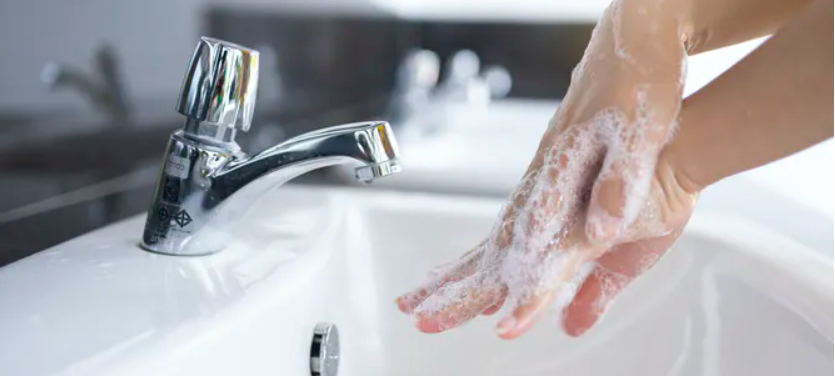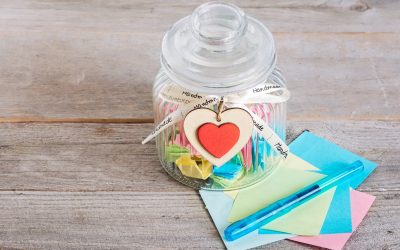*French resource included as attachment
Overview
The following lesson was created in collaboration by the Centre of Excellence for Health and the University of New Brunswick’s Nursing students (Community & Population Health 3068). The lesson was delivered to students in both elementary and middle schools within ASD-W.
This activity is designed to teach and/or reinforce the importance of proper handwashing in the prevention of illness and maintenance of personal and community well-being. Students will first discuss the importance of hand washing as a class and will then conduct an experiment using oil and flax seeds to represent germs on our hands. After students complete the experiment students can review proper handwashing techniques by way of the linked videos. Additional posters and resources can be found at germsmart.ca
NB Curricular Outcomes
Explore Your World K-2
- Strand: Well-Being – Big Idea: Physical Health and Active Participation – Skill Descriptor: Analyze personal safety and healthy practices.
Personal Wellness 3-5
- Strand: Wellness – Big Idea: Healthy Lifestyle – Skill Descriptor: Explore personal health habits that contribute to wellness.
What you’ll need
- Pre discussion questions (attached below)
- Access to a bathroom/ sink
- Soap
- Vegetable oil
- Flax seeds (germs)
- Paper towel
- Reliable internet and computer/projector
- Optional videos: “Germ Smart Kids: Wash Wash Your Hands (4:59)” or “Germ Smart Kids: How-to wash your hands (5:13)”
- “How to Wash Your Hands for Kids – WHO Technique – Coronavirus Hand Washing Video (2:09)”
Instructions
Step 1: Give students the pre discussion questions. Have students complete on their own, in groups, or as a class.
Pre Discussion Questions;
- Take a moment to think about the ‘history’ of hand washing. Has hand washing always been a healthy practice of society? As a program, have there been changes in hand washing practices, policies, and promotions over the years.
- Make a list of when you should wash your hands. When should you wash them before doing something? What about after? What about during an activity?
Step 2: Explain that the class is going to conduct a handwashing experiment and then we are going to learn how to properly wash our hands.
Step 3: Pour a teaspoon of vegetable oil and a sprinkle of flax (your pretend germs) in each student’s hand. Have them rub their hands together (like they are putting on lotion). Then, look at their hands. Ask them “where are germs (flax & oil) hiding?”.
Step 4: Now, wipe (or give a piece of paper towel to each student) the oil & flax off with a paper towel and examine their hands again. How many germs are left? Discuss with students how their hands feel. Do they look clean? Do they feel clean? Where might the germs be hiding?
Step 5: Have students try to wash hands using cold water – without soap. Examine hands again. Did this do a better job? Probably, but are their hands still oily? Asking students “If cold water can’t get rid of oil, what kind of job do you think it does at getting rid of germs?”.
Step 6: Next have students wash hands in warm water with plenty of soap and scrubbing. This is a great time review the steps to proper handwashing (you’ll find a how-to video, power point, and posters at www.germsmart.ca). How do your hands compare after washing with soap and warm water to just using paper towel or cold water?
Step 7: After all students have finished washing their hands, review the steps to wash their hands by watching the YouTube video “How to Wash Your Hands for Kids – WHO Technique – Coronavirus Hand Washing Video (2:09)“. If there is time, you can watch the optional video(s) listed above.
QUESTIONS RELATED TO THE LABOUR MARKET AND EMPLOYMENT OPPORTUNITIES IN NB.
Question: In what jobs does hand washing play an important role? Why is it important for this job?
Answers: Ex: healthcare, nurse, doctor, dentist, Restaurant employee, server, cook, Housekeeping/ janitorial staff etc….
Reflection Activity
Please see the attached PDF for several choices on how you and your learners can reflect upon today’s activity.




